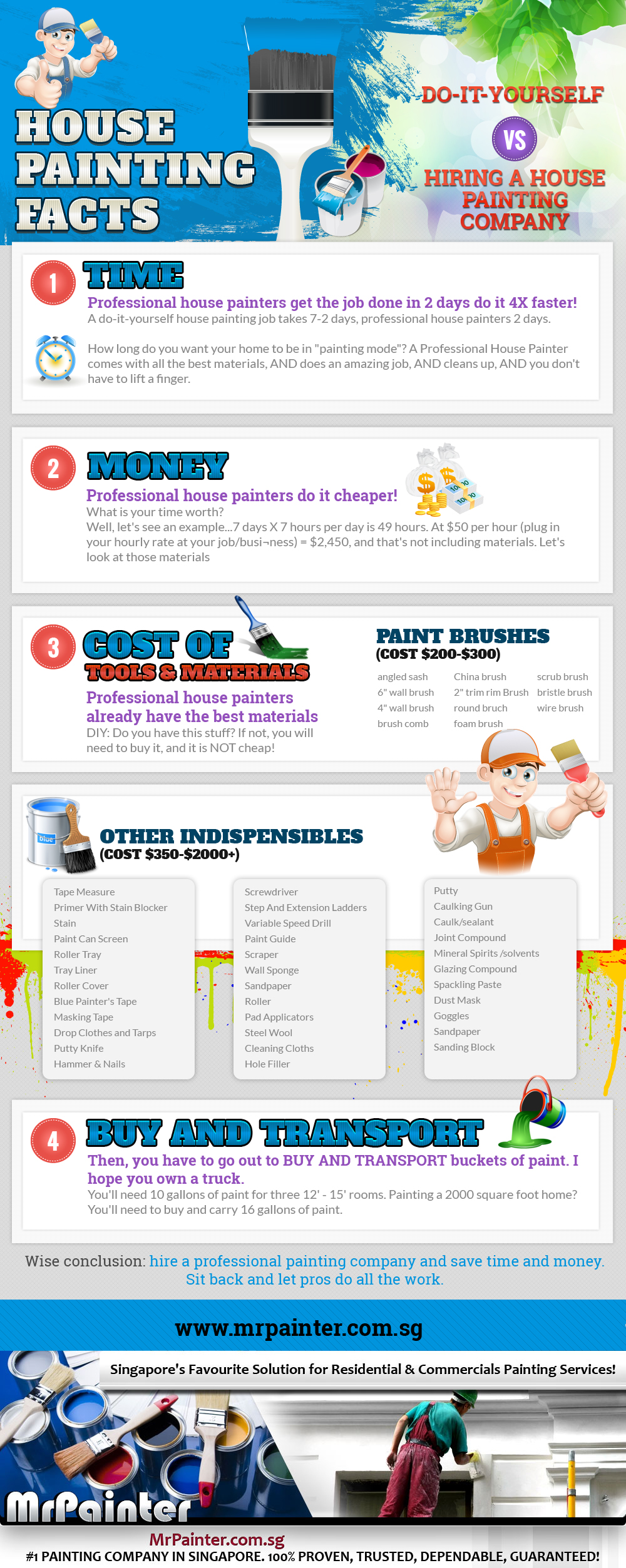Seasonal Factors In Industrial Outside Painting: Key Insights You Must Recognize
Seasonal Factors In Industrial Outside Painting: Key Insights You Must Recognize
Blog Article
Content Author-Ford Rodriquez
When you're preparing an industrial exterior painting project, seasonal factors can make or break your outcomes. You'll want to think about how temperature and moisture effect paint application and drying out times. Choosing the right season can guarantee your paint sticks correctly and lasts much longer. But which seasons are genuinely the most effective for this kind of work? Let's check out the crucial elements that can influence your task's success.
The Effect of Temperature Level on Paint Application
When you're preparing an industrial exterior paint project, the temperature can significantly impact just how well the paint sticks and dries out.
Preferably, you intend to paint when temperatures vary between 50 ° F and 85 ° F. If it's as well cold, the paint may not treat properly, causing issues like peeling or cracking.
On the other side, if it's too hot, the paint can dry out too promptly, preventing correct adhesion and causing an irregular surface.
You must also consider the moment of day; early morning or late afternoon offers cooler temperature levels, which can be extra desirable.
Always check the producer's suggestions for the details paint you're using, as they commonly supply support on the ideal temperature array for optimum results.
Humidity and Its Effect on Drying Times
Temperature isn't the only environmental variable that affects your business exterior paint job; humidity plays a significant duty as well. High humidity degrees can decrease drying out times significantly, impacting the general top quality of your paint job.
When the air is filled with moisture, the paint takes longer to cure, which can lead to problems like bad attachment and a greater threat of mildew development. If you're repainting on an especially moist day, be prepared for extended delay times between layers.
It's vital to check regional weather and strategy accordingly. Preferably, aim for humidity levels between 40% and 70% for optimal drying out.
Keeping these consider mind ensures your task stays on track and supplies a long-term surface.
Best Seasons for Commercial Exterior Paint Projects
What's the very best season for your industrial external paint projects?
https://commercial-painters-near56665.angelinsblog.com/33458912/developing-the-problems-for-a-successful-paint-job-begins-with-a-crucial-component-that-is-usually-ignored-and-it-can-exceptionally-affect-the-general-outcome and very early autumn are commonly your best options. Throughout painting your house in minnesota , temperature levels are light, and humidity levels are typically lower, creating perfect problems for paint application and drying out.
Stay clear of summer season's intense heat, which can cause paint to completely dry too promptly, resulting in poor bond and coating. Likewise, winter season's cold temperature levels can prevent correct drying and healing, taking the chance of the long life of your paint job.
Go for days with temperature levels in between 50 ° F and 85 ° F for optimal results. Bear in mind to check the local weather prediction for rain, as wet problems can ruin your job.
Planning around these variables ensures your painting task runs efficiently and lasts longer.
Final thought
To conclude, preparing your business outside paint jobs around seasonal factors to consider can make a considerable difference in the end result. By scheduling work during the ideal temperature levels and humidity degrees, you'll guarantee much better attachment and drying out times. Keep in straight line painting near me to keep an eye on neighborhood weather forecasts and pick the correct time of year-- spring and early loss are your best choices. Taking these steps will certainly assist you accomplish a durable and expert surface that lasts.
